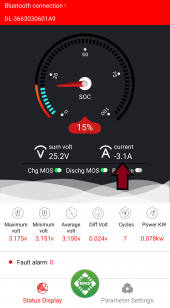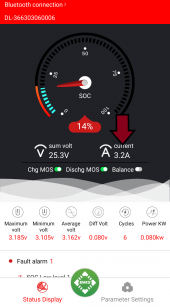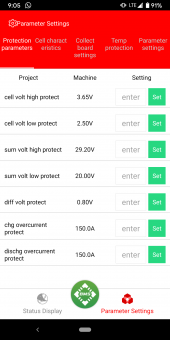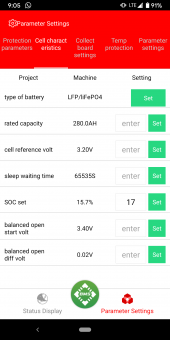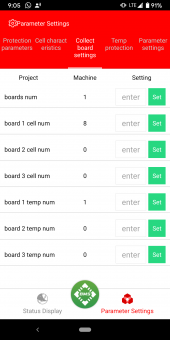Chael
New Member
- Joined
- Feb 14, 2021
- Messages
- 6
One battery pack is discharging the other at 3.2A and killing it.
My system is a 24v. Battery connected 8S2P (16 Eve Cells). Each 24v pack is 280AH for a total of 560AH.
24v Multiplus 3000
Victron Charge Controller 100|50
Lynx Distributor w/ shunt
I performed this test to show one battery pack is indeed discharging the other at 3.2amps. I had both DC and AC disconnected and the solar breaker cut off. When I disconnected one battery pack, the BMS showed the discharging stopped to zero current proving this is happening. I always wake up to dead batteries and finally found the reason. What am I doing wrong?
My system is a 24v. Battery connected 8S2P (16 Eve Cells). Each 24v pack is 280AH for a total of 560AH.
24v Multiplus 3000
Victron Charge Controller 100|50
Lynx Distributor w/ shunt
I performed this test to show one battery pack is indeed discharging the other at 3.2amps. I had both DC and AC disconnected and the solar breaker cut off. When I disconnected one battery pack, the BMS showed the discharging stopped to zero current proving this is happening. I always wake up to dead batteries and finally found the reason. What am I doing wrong?
Attachments
Last edited:






